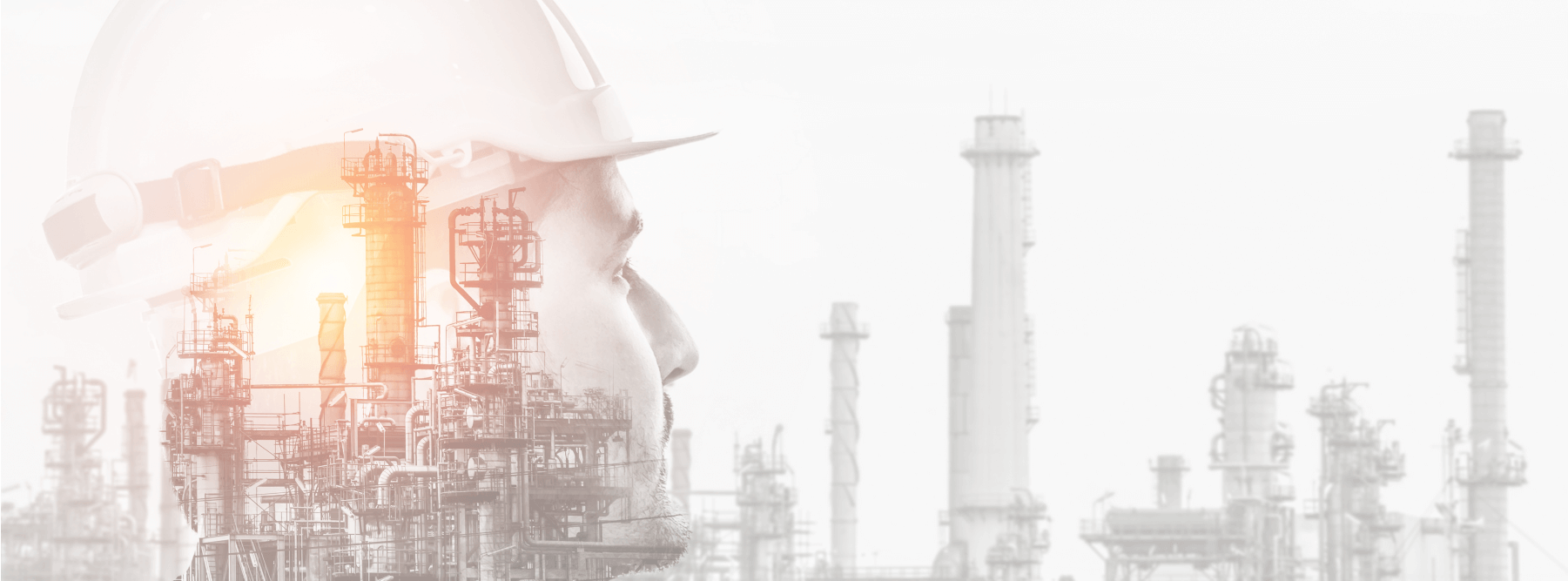In today's advancing technological landscape, the manufacturing industry faces a significant challenge - the skills gap.
As experienced workers retire and emerging technologies reshape job requirements, finding innovative solutions to bridge this gap and ensuring a skilled and capable workforce has become crucial. This article is aimed at manufacturing professionals, industry leaders, and HR professionals seeking effective strategies to address the skills gap and maintain a competitive edge. By exploring the potential of augmented reality (AR) in solving this challenge, this article provides valuable insights and actionable information to empower readers with the knowledge needed to leverage AR technology for workforce development and improved operational efficiency.
The skills gap refers to the mismatch between the skills employers need and those of the available workforce. In manufacturing, this gap is widening due to many factors, including the retirement of experienced workers, a lack of interest in technical careers among younger generations, and the rapid introduction of new technologies that demand specialized skills.
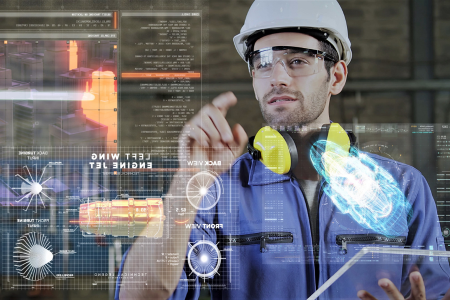
AR in Manufacturing
Augmented reality, the technology that overlays digital information onto the real world, offers a range of benefits in the manufacturing industry. By enhancing the physical environment with virtual elements, AR enables workers to access real-time information, instructions, and guidance, empowering them to perform tasks with greater precision, efficiency, and safety. Let's delve deeper into how AR is revolutionizing manufacturing and helping to close the skills gap.
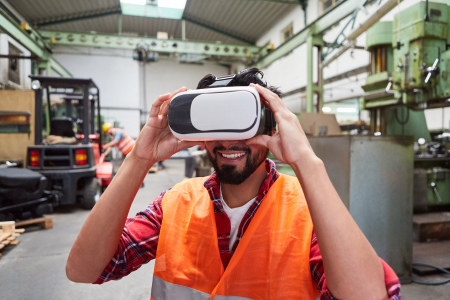
Enhanced Training
AR transforms traditional training and onboarding processes by providing immersive and interactive experiences. Instead of relying on lengthy manuals or classroom-based learning, AR allows trainees to visualize complex concepts, interact with virtual objects, and practice tasks in a simulated environment. This approach accelerates the learning curve, reduces errors, and helps new employees get the necessary skills, bridging the skills gap.
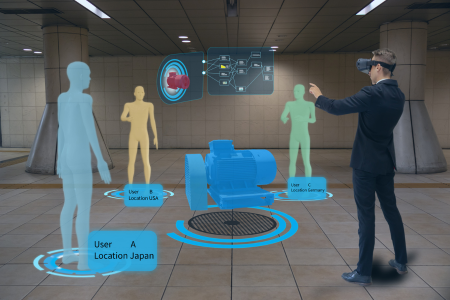
Remote Collaboration
AR technology enables remote experts to provide real-time guidance and support to on-site workers. Through AR-enabled devices like smart glasses or tablets, technicians can overlay virtual annotations, diagrams, or step-by-step instructions onto their field of view. This remote help allows less-experienced workers to perform complex tasks under the guidance of skilled professionals, thereby ensuring high-quality work and reducing the need for physical presence, which is particularly valuable in situations where travel is costly or time-consuming.

Workforce Upskilling
With the rapid technological advancements, upskilling and reskilling the existing workforce is crucial. AR offers an effective means of providing ongoing team member training without interrupting their daily work routines. By using AR applications, workers can access real-time updates, safety protocols, and troubleshooting information, enabling them to adapt to new technologies, machinery, and processes. This flexibility empowers employees to get the skills required to handle modern manufacturing equipment and fills the gap created by the retirement of experienced workers.
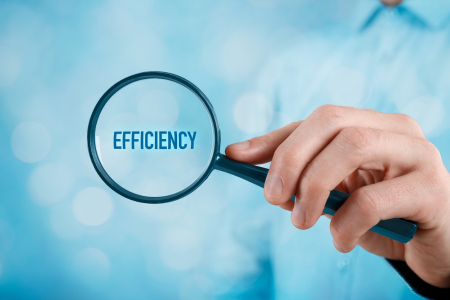
Increased Efficiency
AR streamlines manufacturing processes by optimizing workflows and reducing downtime. By overlaying contextual information onto the worker's view, AR eliminates the need to refer to manuals or consult experts for guidance, thus reducing errors and improving productivity. AR can provide real-time performance feedback, identify bottlenecks, and suggest process improvements. By enhancing worker efficiency, AR allows companies to achieve higher production levels and better meet customer demands, mitigating the impact of the skills gap on operations.
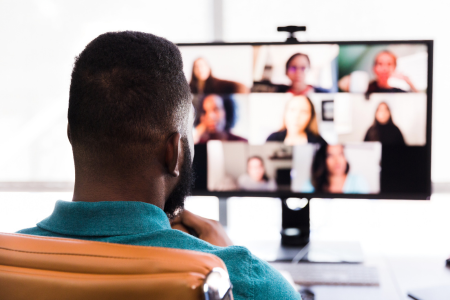
Workplace Safety
Ensuring workplace safety is of paramount importance in manufacturing. AR plays a vital role in reducing risks and enhancing safety protocols. AR minimizes the likelihood of accidents or injuries by providing workers with real-time safety instructions, hazard alerts, and situational awareness. Moreover, AR can simulate dangerous scenarios in a controlled environment, allowing workers to practice emergency response procedures without exposing themselves to actual risks. This proactive approach to safety training reduces workplace accidents and reinforces a safety culture in the manufacturing industry.
Conclusion
The skills gap in the manufacturing industry poses a significant challenge, but augmented reality has emerged as a powerful tool to bridge this gap. By revolutionizing training, providing remote help, supporting upskilling efforts, improving efficiency, and enhancing workplace safety, AR is transforming the way work is done. As manufacturing companies adopt AR technology, they are overcoming the skills gap and reaping many other benefits, such as increased productivity, reduced costs, and improved customer satisfaction. With AR as a catalyst, the manufacturing industry is poised to thrive in the age of technological advancements and pave the way for a skilled and future-ready workforce.
Ready to bridge the skills gap and optimize the reliability of your manufacturing
operations? Embrace the power of AR and our comprehensive solutions to transform your workforce and equipment performance. But that's not all – our commitment to reliability extends beyond AR. Empower your workforce and ensure the longevity and efficiency of your machinery by embracing AR and implementing CRE Philippines' Maintenance and Reliability Training Program. Contact us today to schedule a consultation and take the first step toward a skilled, reliable, and future-ready manufacturing operation.
Source:
Johnson, P. (2023, June). Augmented Reality Solves the Skills Gap. ReliablePlant. https://www.reliableplant.com/Read/32369/augmented-reality-solves-skills-gap

